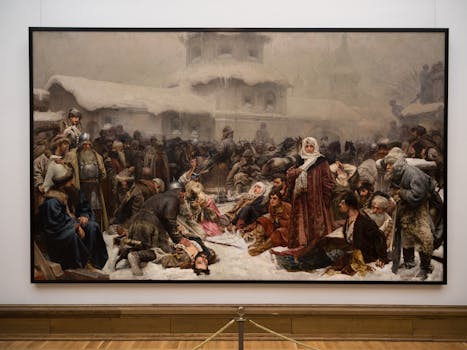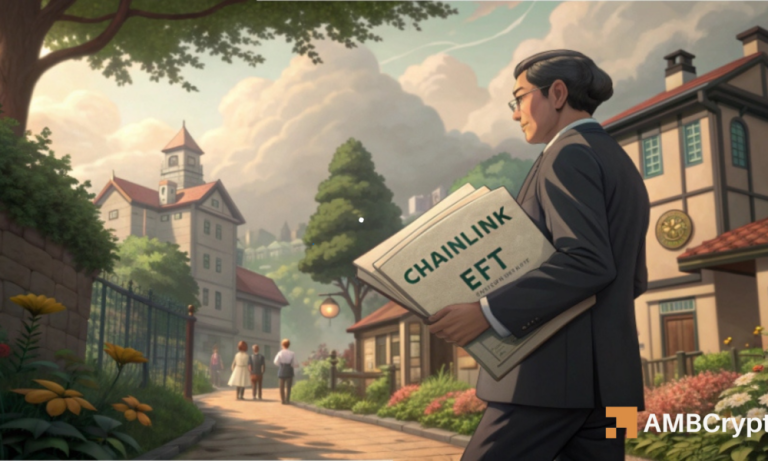
In the realm of historical exhibitions, there lies a captivating narrative of significant events and influential figures that have shaped the course of history. These exhibitions serve as poignant reminders of the triumphs, struggles, and legacies that define our past. From showcasing pivotal moments in world history to honoring the contributions of remarkable individuals, historical exhibitions offer a compelling insight into our collective heritage.
One of the most notable aspects of historical exhibitions is their ability to transport visitors back in time, allowing them to immerse themselves in the sights, sounds, and emotions of a bygone era. By meticulously curating artifacts, documents, and interactive displays, these exhibitions provide a tangible link to the past, fostering a deeper appreciation for the events and figures that have shaped our world.
Moreover, historical exhibitions play a crucial role in preserving cultural heritage and promoting historical awareness. By shedding light on pivotal moments in history, these exhibitions help us understand the complexities of the past and draw connections to the present. Through engaging narratives and thought-provoking displays, historical exhibitions spark curiosity, encourage dialogue, and inspire a sense of shared history among visitors.
Whether commemorating a significant anniversary, honoring a renowned historical figure, or examining a pivotal event, historical exhibitions serve as powerful tools for education, reflection, and commemoration. By bringing history to life in a dynamic and interactive format, these exhibitions invite audiences to explore, learn, and connect with the stories of the past.
In conclusion, historical exhibitions are invaluable resources for preserving, celebrating, and sharing the rich tapestry of human history. By illuminating the stories of significant events and figures, these exhibitions offer a window into the past and a bridge to the future, ensuring that the legacy of our ancestors endures for generations to come.






